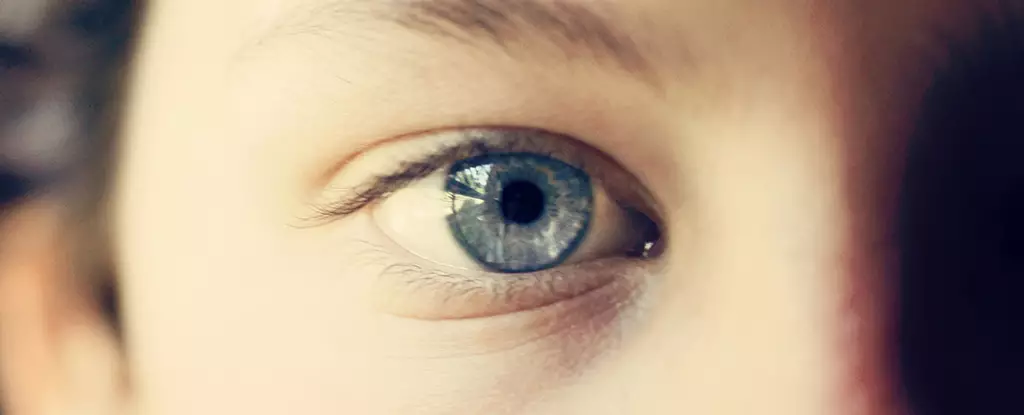The pursuit of more accurate and efficient methods of diagnosing autism spectrum disorder (ASD) has led researchers to explore the potential of deep learning AI models. Recent research suggests that the eyes may provide valuable insights into the condition by analyzing retinal patterns. By leveraging the interconnectedness of the central nervous system, AI algorithms could revolutionize the screening process for ASD and even determine the severity of symptoms.
Numerous studies have established a correlation between changes in retinal nerves and alterations in brain structures associated with ASD. The eye’s status as a “window to the brain” sheds light on the potential of using retinal photographs in diagnosing ASD objectively. Researchers from the Yonsei University College of Medicine in the Republic of Korea sought to investigate the effectiveness of deep learning algorithms in identifying ASD through retinal patterns.
To train the AI model, a dataset of retinal images from 958 children and teenagers was used. The average age of the participants was 7.8 years, with half of them diagnosed with autism. First, the AI was presented with labeled images indicating whether a subject had ASD or not. After the training process, the model demonstrated remarkable accuracy in distinguishing individuals with autism from those without, achieving a perfect score.
Limitations in Symptom Severity Prediction
Although the AI excelled in identifying the presence of ASD, its ability to predict symptom severity from retinal photos exhibited some limitations. The accuracy in severity prediction ranged from 48% to 66%. While this may not be as accurate as desired, it still holds promise in providing an initial assessment and potentially reducing the waiting time for children seeking diagnoses.
The study focused on children and adolescents between the ages of 4 and 18. However, researchers believe that the same approach could be effective in even younger children. Future studies should explore the possibility of detecting retinal alterations indicative of ASD before retinal maturation, potentially enabling earlier diagnoses and interventions.
Retinal Response and Other Disorders
The relationship between retinal response and neurological conditions extends beyond ASD. In a previous study, researchers established a connection between the retina’s response to light and conditions such as Attention Deficit Hyperactivity Disorder (ADHD) and ASD. These findings highlight the significance of the eyes as a mirror to an individual’s brain activity.
The Impact of Early Diagnosis
Based on prevalence among eight-year-olds, it is estimated that one in 36 individuals is autistic. Detecting ASD as early as possible plays a crucial role in helping young people understand themselves and navigate the world more effectively. The adoption of retinal photographs as an objective screening method could significantly contribute to early diagnosis and intervention strategies for ASD.
The use of deep learning AI models presents a promising avenue for improving the screening process and assessing the severity of ASD. By analyzing retinal patterns, these algorithms demonstrated an impressive ability to identify individuals with autism. While the prediction of symptom severity requires further refinement, the potential benefits of early diagnoses and shorter waiting times for children seeking support cannot be overstated. Further research should explore the application of this technology to even younger populations, ultimately contributing to a better understanding and management of ASD.


Leave a Reply